Homeschooling meets outside-the-box needs
of everyone in
Cynthia Heren's house!
Here is her inspiring story:
I didn’t start homeschooling because my kids have different learning needs, but that is why we will continue homeschooling until graduation now.
Initially, I was drawn to homeschooling because of my own experience as a gifted student in the public school. I learned to coast and not stand out.
I didn’t want that experience for my three children. Instead, I wanted them to be able to explore with unbridled curiosity. And, as we’ve been homeschooling, I’ve rediscovered my own thirst for knowledge as I learn alongside my kids.
However, I didn’t learn until several years into homeschooling
how well suited my original vision would be for our family.
Each of our children has at least one learning disability, and other challenges as well. Homeschooling lets us encourage their areas of strength while also supporting and accommodating their disabilities and weaknesses, all without making them stand out or feel different for their challenges.
Our First Child's Story
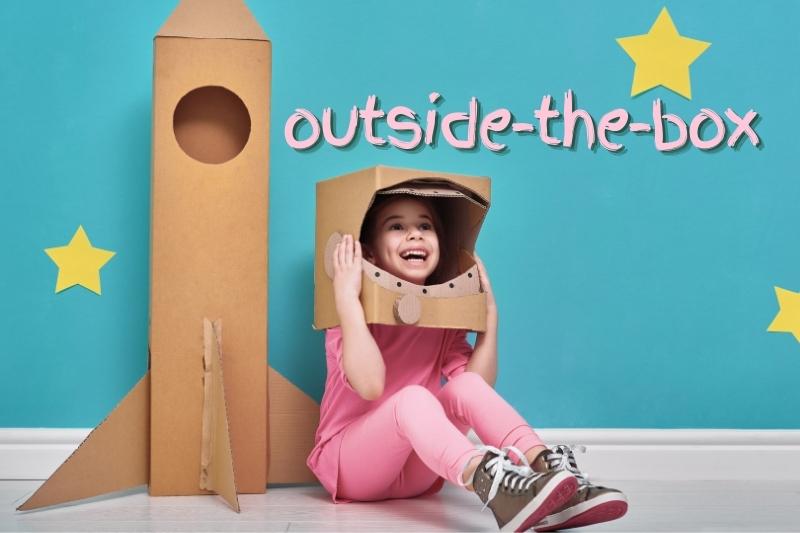
My oldest has Dyscalulia, a learning disability in math. After we had to start over with the multiplication table for the third time in two years, I started looking for other resources and solutions beyond just a different curriculum. While I had to look for extra help for math, her language arts skills were accelerated several years ahead of her age-based grade level.
She is now making progress again in math
doing a curriculum that works for her
with the help of the program’s specialists.
She is still below her grade level, but, at our house, we just say it’s the right level for her right now. Her other subjects are a few years ahead, and we are looking at early high school credits.
Homeschooling makes it possible to do it this way!
Our Second Child's Story

My second child has taught me the most about teaching the way the child learns.
As a preschooler, he introduced us to the term Sensory Processing Disorder, and later, autism. He never showed the same eagerness to learn signs that his siblings did, but that didn’t mean he wasn’t learning early. His learning disability is dysgraphia, which means handwriting is difficult.
We saw this coming in those preschool years through help from occupational therapists.
Learning at home means that his accommodations,
including primary-ruled paper
for writing assignments in middle school,
are completely normal.
We do a lot of typing for writing assignments to help him as well because, if he’s expressing what he knows, there’s no difference compared to when he grabs the paper he needs.
Homeschooling makes that possible!
Homeschooling meets outside-the-box needs!
Our Third Child's Story

Our youngest child was always a builder. As an early walker, he was building towers anytime he had a chance, and they never fell down!
As the school years approached, he wanted to learn like his siblings, but the alphabet wasn’t clicking for him. Sometimes he would write words perfectly backwards, like seeing in a mirror. We found out he was dyslexic.
With the right fit of a reading program, we were able to help him learn to read, and he reads just as much as his siblings now. But, even as a fluent reader, he still struggles with spelling and writing, other aspects of dyslexia.
I've also learned that those building strengths he had as a toddler are often an overlooked strength of the dyslexic mind!
Thanks to homeschooling,
we can target these struggling areas
with the right curriculum pieces
to help him be successful.
Homeschooling makes the customized curriculum possible.
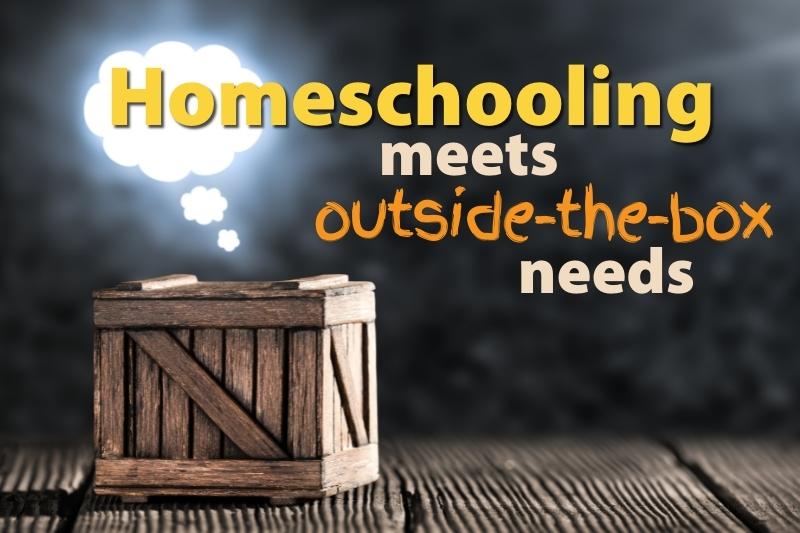
Homeschooling is the right fit for our family because we can make adjustments to meet each child’s current needs–and any others that come along as well.
We don’t have to wait for failure and adjust after damage has been done.
Homeschooling allows us to proactively help them from the beginning.
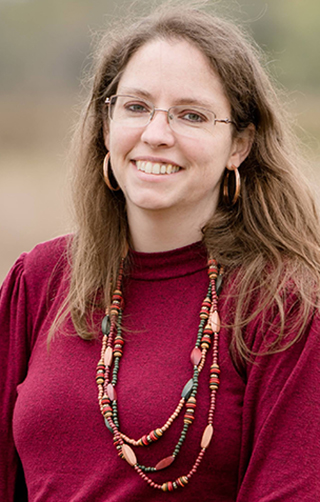
Cynthia Heren is a speaker, a writer, and, since 2014, a homeschooling mom of three. With her children’s variety of learning disabilities and other challenges, her homeschool requires outside-the-box ideas. “Normal” at her house includes two trampolines, five sizes of pencils, indoor and outdoor swings, and a whole room full of LEGOs. She loves working one-on-one with other homeschool parents, encouraging them to create the perfect education plan for their outside-the-box kids. She also runs the Outside the Box Homeschool Community on Facebook where she hosts monthly workshops about homeschooling and Neurodiversity. You can find her at InsideOurNormal.com.
More Resources
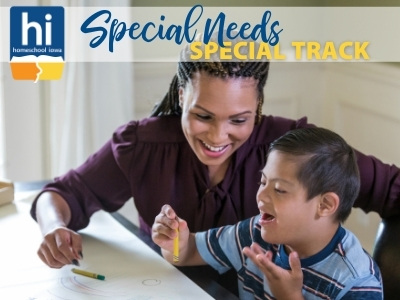
Check out our Homeschool Iowa Conference Special Track:
Homeschooling Special Needs.

Find more information and resources on our
Homeschooling Special Needs web page.

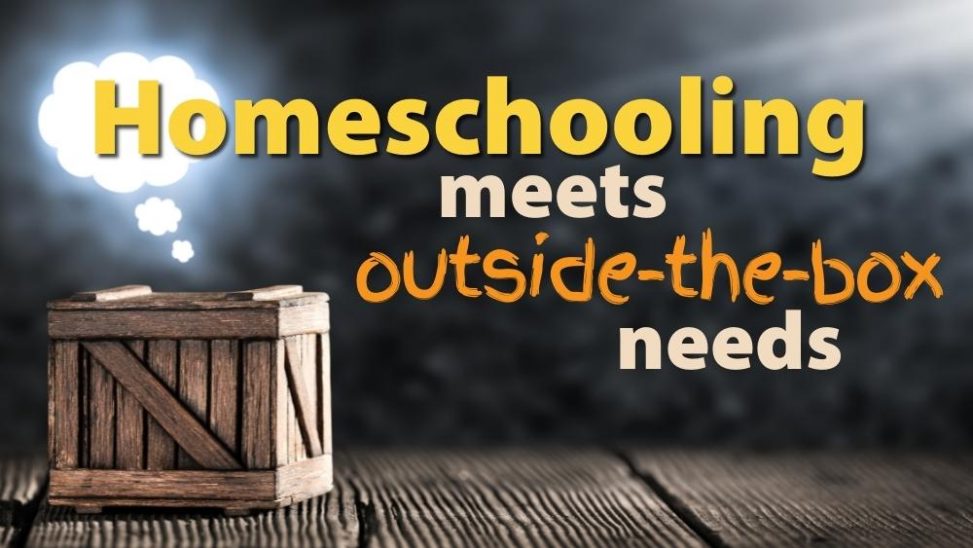
One Comment on “Homeschooling Meets Outside-the-Box Needs”
I enjoyed reading this article regarding her success stories with her children. I am greatly encouraged when I hear of homeschooling families embracing and even enjoying the learning that happens through play and hands-on experiences. As a mother of a NEWISH homeschooler (beginning when he was a sophomore in high school and only now completing his junior year) I have found the BEST learning often happens with my son during our bivouacs or even working within the specific ‘fields of study’. He’s geared toward a future in agriculture, so horticulture projects on our farm or taking soil samples from a soil pit we dug on our farm or visiting and taking pictures in the Loess Hills proved powerfully impactful for him. We are so grateful for the opportunity to homeschool, and have never looked back since jumping into the deep end of the pool.